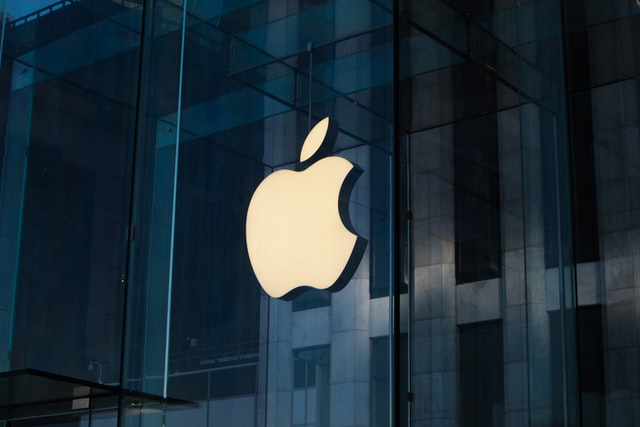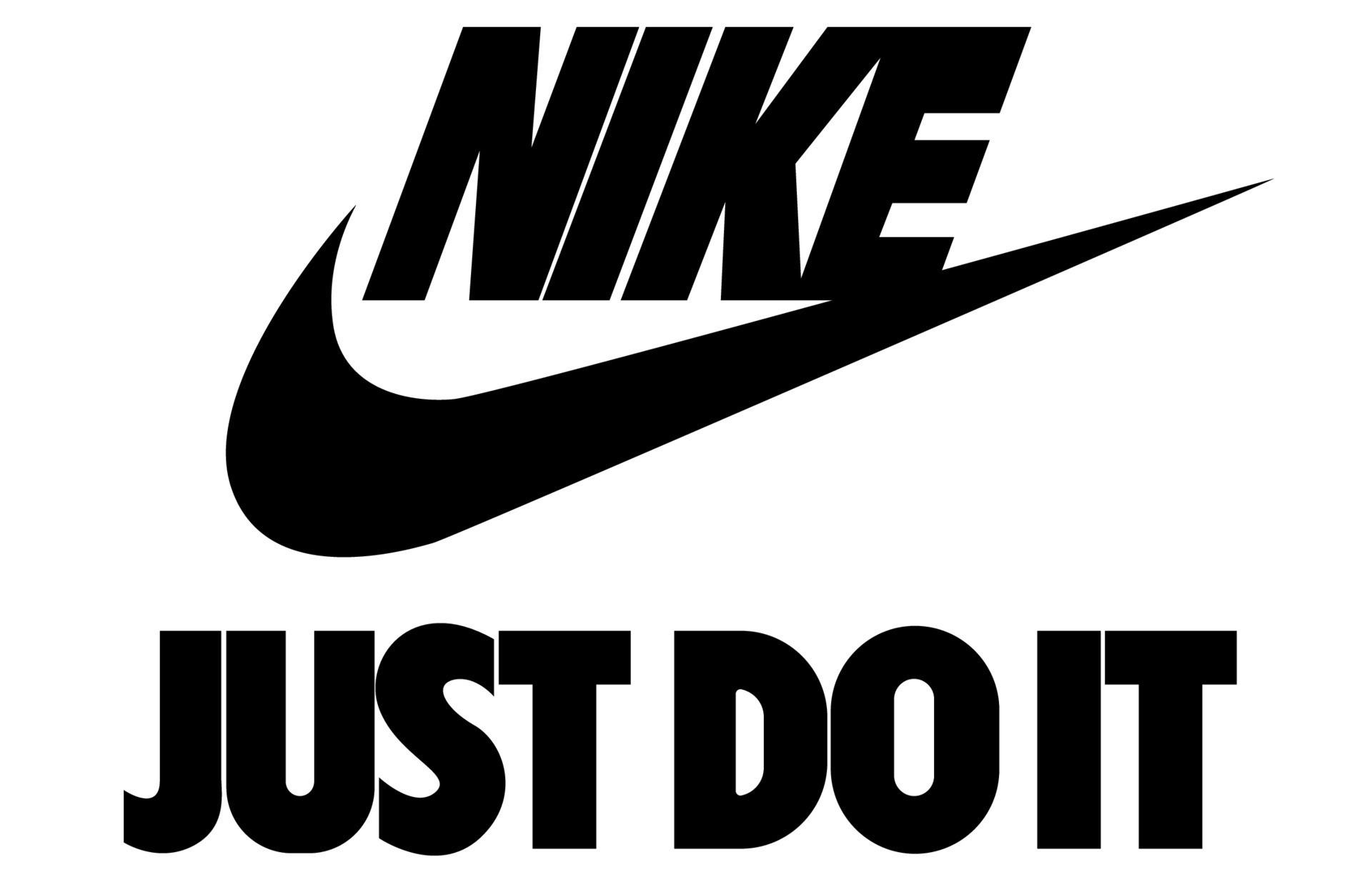Many business owners believe that having a great product is enough, but without a clear understanding of design and branding, even the best offerings can fail to make a lasting impact.
If your sales aren’t reflecting the quality of what you offer, it might be because your design looks good but lacks strategic branding—or your branding is strong, but poor design is sending the wrong message.
So, how can you ensure you’re nailing both? Let’s dive in.
What is Design and Branding?

The concepts of design and branding often get used interchangeably, but they represent two distinct aspects of a business.
Both play essential roles in shaping a company’s identity and customer perception, but they serve different functions.
Design is primarily concerned with aesthetics and how things look, while branding deals with the overall identity and perception a company builds in the market.
Understanding these differences can help business owners ensure they invest properly in both areas to build a successful business presence.
What is Design?
Design is a tangible aspect of business that directly influences how a brand is visually presented to the world.
It includes a variety of disciplines such as graphic design, web design, product design, and user interface design.
Each of these elements contributes to how a customer interacts with the brand on a visual and functional level.
At its core, design is about problem-solving. Whether it’s creating an intuitive website layout or an eye-catching logo, design is there to make things more accessible and engaging for users.
For instance, a company’s logo design is usually the first thing people see, and it should immediately communicate the essence of the brand.
In the same way, the layout of a website must not only be visually appealing but also functional and easy to navigate, enhancing the user experience.
Moreover, design isn’t just about looking good; it’s about serving a purpose. Good design is driven by a business’s need to communicate effectively with its audience, delivering the right message through its colours, typography, and imagery.
For example, minimalist design can give the impression of professionalism and simplicity, while more elaborate designs might suggest luxury or creativity.
What is Branding?
Branding is a much broader and more strategic concept than design. It’s about the identity and values a business conveys, which form the foundation of how it’s perceived by customers.
A brand isn’t just a logo or a colour scheme; it’s the emotional and psychological relationship a company builds with its audience.
Branding encompasses the entire experience someone has with a company—everything from the customer service they receive to the emotions they feel when interacting with the brand.
For instance, brands like Nike and Apple are not just recognised for their logos but for the values they stand for—innovation, quality, and aspiration. People don’t just buy their products; they buy into the brand’s ethos and lifestyle.
At its essence, branding is about creating trust and building relationships with customers. A strong brand creates customer loyalty, making people feel connected to the company beyond the products they purchase.
This emotional connection can influence purchase decisions more than any advertisement or special offer.
Key Differences Between Design and Branding

Although design and branding are closely related, they serve different purposes and function on different levels within a business.
- Design is Tactical, Branding is Strategic:
- Design Appeals Visually, Branding Appeals Emotionally:
- Design is Temporary, Branding is Everlasting:
Design serves an immediate, tactical purpose. Whether it’s creating a website or business card, it’s something visible and specific.
Branding, on the other hand, is long-term and strategic. It shapes the way customers perceive a business over time, through ongoing interactions, messaging, and consistency.
Design captures attention with visual elements, making a company’s offerings more attractive. Branding builds an emotional connection by defining what the business stands for.
For instance, a well-designed brochure might impress a customer, but the branding behind it is what makes them trust the company.
Design trends come and go. Companies frequently update their visual design to stay modern, such as refreshing their logo or website.
However, branding is meant to last. While design might change, the core identity of the brand—the values, mission, and promise—remains constant.
To put it simply, design is the outward appearance that communicates your message, while branding is the personality and voice behind that message.
The Importance of Branding for Business Success
A strong brand is essential for any business looking to establish itself in a competitive marketplace.
Branding is more than just an attractive logo; it’s about creating a unique identity that customers can trust and relate to. When done correctly, branding helps businesses differentiate themselves from competitors, create emotional connections with customers, and build loyalty over time.
For example, think of the world’s most successful companies, like Coca-Cola, Nike, and Apple. Their brands go far beyond the products they sell.
Coca-Cola is associated with happiness and nostalgia, Nike with motivation and athleticism, and Apple with innovation and simplicity.
These brands have cultivated strong, emotional bonds with their customers, which is why people often remain loyal to them, even when faced with cheaper or newer alternatives.
A strong brand also helps businesses communicate their mission and values effectively. For instance, companies that are focused on sustainability or ethical practices incorporate these principles into their branding, making them more appealing to consumers who share similar values.
Furthermore, branding can influence customer loyalty in powerful ways. When customers trust a brand, they are more likely to return for future purchases and recommend it to others.
This trust is built over time through consistent messaging, quality service, and emotional connections—all of which are hallmarks of effective branding.
Examples of Design vs Branding in Real Companies
To better understand the difference between design and branding, it helps to look at real-world examples.
The following companies showcase how design and branding work together to build strong business identities:
1. Apple

Apple’s brand is synonymous with innovation, simplicity, and premium quality. Their design, with sleek lines and minimalist aesthetics, reflects these values perfectly.
The design of their products, such as the iPhone or MacBook, supports the brand image of cutting-edge technology that is user-friendly and elegant.
Their website, packaging, and even their store designs all reinforce the brand’s clean, modern image.
2. Nike

Nike’s branding is built around performance, motivation, and excellence. The iconic “Just Do It” slogan is more than just a tagline; it represents a mindset.
Nike’s design choices, from their simple but powerful swoosh logo to their dynamic and energetic advertisements, all support this message of athletic achievement. Their brand doesn’t just sell shoes; it inspires people to strive for greatness.
3. Coca-Cola

Coca-Cola is one of the most recognisable brands globally, and their branding is built on the ideas of happiness, togetherness, and nostalgia.
Their design, from the red and white colour scheme to the classic bottle shape, evokes a sense of tradition and comfort.
The brand has remained consistent for decades, helping it maintain a strong emotional connection with its audience.
These examples highlight how design elements like logos and product aesthetics work hand in hand with branding strategies to create a memorable and lasting impression.
How to Align Design with Your Branding Strategy
One of the most important tasks for a business is ensuring that their design choices align with their overall branding strategy.
This means that every design decision should support the brand’s values, mission, and identity.
Here are some tips on how to achieve this alignment:

1. Develop Clear Brand Guidelines
Creating a brand style guide is crucial for maintaining consistency in design. This guide should include details like the brand’s colour palette, fonts, logo usage, and tone of voice.
2. Consistency Across Platforms
Ensure that your design is consistent across all marketing channels, from your website to social media and print materials. This helps in building a cohesive brand identity.
3. Focus on Audience-Centric Design
Your design should resonate with your target audience. For instance, if your brand is aimed at professionals, a sleek and minimalist design would be more effective than a playful, colourful one.
By aligning your design choices with your branding strategy, you ensure that every interaction customers have with your brand is consistent and reinforces the message you want to convey.
Conclusion
In conclusion, while design and branding serve different functions, they are equally important for building a successful business.
Design focuses on the visual and functional aspects of your brand, while branding is about creating a lasting emotional connection with your audience.
By ensuring that your design supports your branding strategy, you can create a cohesive, memorable brand that resonates with customers and stands out in the marketplace.
If you need help developing a powerful branding strategy or improving your design, reach out to us for professional guidance. Contact Us.
Let’s Talk!
If what you see here is relevant for you and can help you grow your business or organisation, we’d love to discuss further with you. Drop us a message or schedule an appointment with us.
